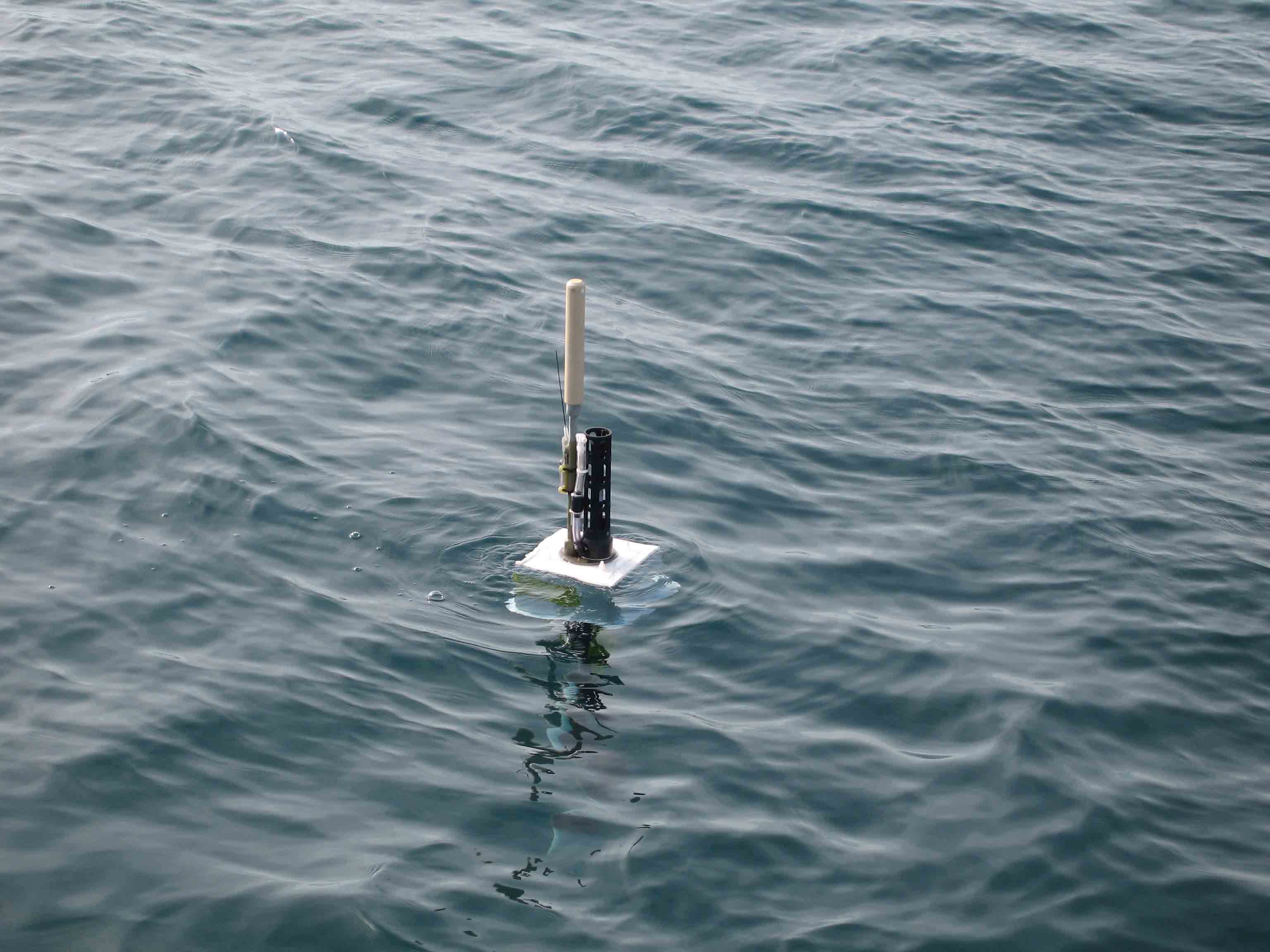
Recording the impact of Cyclones on the Mediterranean Sea
The oceanographic instruments of the National Institute of Oceanography and Applied Geophysics - OGSh ave recorded the passage of the cyclone that caused the floods of recent days in Emilia Romagna. In particular, a significant drop in water temperature in the Tyrrhenian Sea and the Strait of Sicily was detected.
Collecting in-situ data is important to better understand the impact of cyclones and to provide forecast models with real-time information. When a storm is approaching, the sampling frequency of the OGS instruments in the water - the Argo floats - is increased to provide more information. The floats recorded the passage of the cyclonic structure and recorded the cooling of the surface part of the water column and the transfer of energy to the atmosphere during the event.
In some cases, the instruments that OGS uses to monitor the sea also include sensors to measure atmospheric pressure, which is an important parameter for reconstructing the evolution of the atmospheric event and possibly assessing the forecast error with a view to improving the forecasting systems”.
Therefore, ocean and atmospheric monitoring contributes to an integrated system of in-situ observations, satellite data and operational models to better understand extreme events, improve their predictions and mitigate their impacts.
